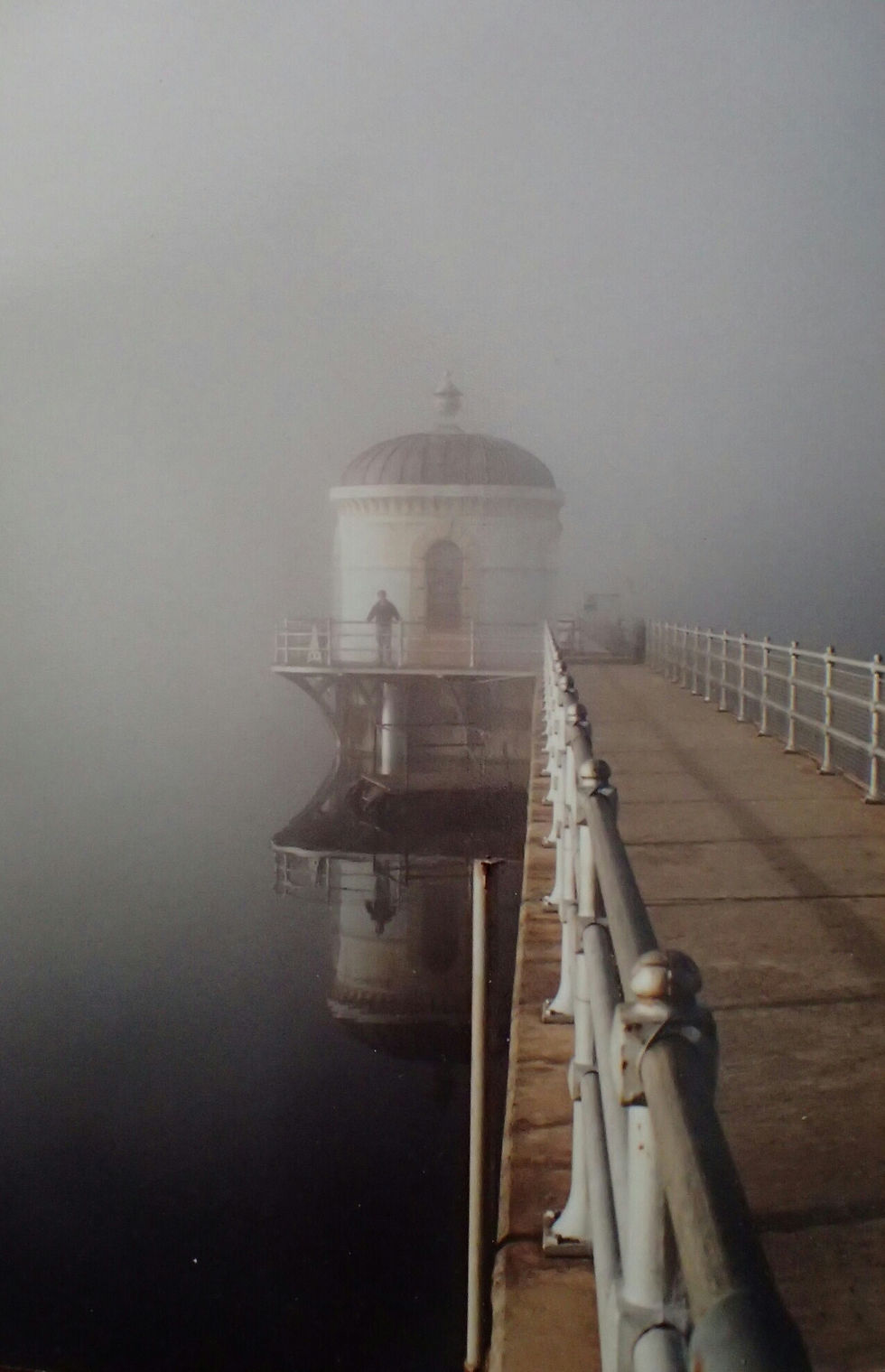When is the Winter solstice?
- Mundaring & Hills Historical Society

- Jun 27, 2022
- 2 min read
Updated: Aug 11, 2022
The winter solstice marks the point at which the southern or northern hemisphere is tilted furthest away from the Sun.
In the southern hemisphere, this falls sometime between June 20-22 (June 21 this year), while in the northern hemisphere it usually occurs on either December 21 or 22.
The winter solstice marks the point at which the southern or northern hemisphere is tilted furthest away from the Sun.

Last Tuesday, June 21, the southern hemisphere experienced its shortest day and longest night of the year. As we're plunged into darkness, the northern hemisphere will enjoy the summer solstice, the longest day and shortest night of the year. Mostly the days are getting shorter and colder and afternoons spent soaking up the sun are well and truly behind us, — especially in the southern states. Here in Perth we have been lucky to experience some glorious warm weather over the last few days.

Misty Day at the Mundaring Weir in 1996
Why do we have the winter solstice?
What's behind this astronomical phenomenon?
It all comes down to Earth being a little wonky on its axis. Rather than rotating perfectly vertically, our planet is tilted at about 23 degrees. This tilt is what gives us the four seasons: winter, spring, summer, and autumn.
On top of that, the Earth doesn't travel around the Sun in a perfect circle, but in a football-shaped ellipse.
As the Earth completes one lap around the Sun each year, different parts of the planet are tilted towards our star at different times and get the most direct sunlight.
The axial tilt of the Earth and its elliptical orbit gives rise to the seasons, solstices and equinoxes.(Getty Images: Stocktrek Images/Photon Illustration)
This results in warm weather and short nights. Welcome to summer!
At the same time, the other side of the world is tilted away from the Sun, leading to chilly temperatures and longer nights. That's winter.
"During winter, our part of the Earth is tilted away from the Sun and therefore [the Sun] isn't above the horizon for as long every day," said Tim Bedding, an astronomer at the University of Sydney.





Comments